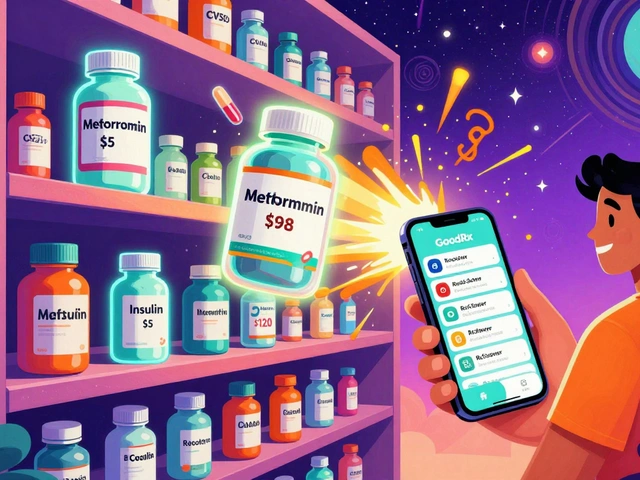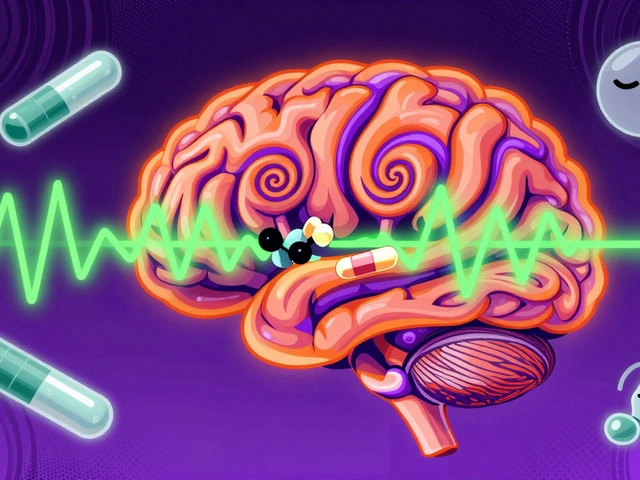Stem Cell Therapy Explained
When you hear stem cell therapy, the use of living cells to repair, replace, or regenerate damaged tissue. Also known as cellular therapy, it sits at the heart of modern regenerative medicine, a field that aims to restore function by repairing or replacing cells, tissues, and organs. The most common sources are mesenchymal stem cells, multipotent cells found in bone marrow, fat, and umbilical cord that can become bone, cartilage, or fat and induced pluripotent stem cells, adult cells reprogrammed back to a embryonic‑like state, capable of turning into any cell type. Together these entities create a network: stem cell therapy encompasses regenerative medicine, requires cellular sourcing, and is driven forward by ongoing clinical trials, studies that test safety and efficacy in patients. When a trial shows success, guidelines evolve, and new indications emerge, completing the loop between research and real‑world treatment.
How Stem Cell Therapy Connects to Everyday Treatments
Many of the articles on this site compare drugs, dosage schedules, and side‑effect profiles. While those pieces focus on chemical agents, stem cell therapy shares the same ultimate goal: fixing what’s broken in the body. For example, a patient with osteoarthritis might receive a hyaluronic acid injection (a common drug‑based approach) or an infusion of mesenchymal stem cells that aim to rebuild cartilage from the inside out. Both strategies rely on clinical evidence—whether from randomized drug trials or stem‑cell phase‑I studies—to guide choices. Regulations also intersect; the FDA evaluates both drug approvals and cell‑based product safety, meaning that the language of “clinical trial phases” you see in medication reviews applies equally to stem cell protocols. In practice, physicians often combine modalities: a rehab plan could include physical therapy, a prescription for anti‑inflammatory medication, and a stem‑cell injection to accelerate healing. Understanding this overlap helps you read our drug comparison guides with a broader perspective on how emerging cell therapies might complement or replace traditional meds in the future.
Below you’ll find a curated list of posts that dig into medication options, safety tips, and real‑world experiences. While they don’t all talk about stem cells directly, the themes of efficacy, patient monitoring, and evidence‑based decision‑making run through every article. As you explore, keep an eye on how the principles of stem cell therapy—targeted repair, rigorous testing, and personalized care—echo across the whole spectrum of treatments covered here. This context will give you a richer view of what’s possible today and what might be on the horizon as science moves forward.
Future‑Ready Treatments for Skeletal Muscle Conditions
Explore cutting‑edge therapies for muscular dystrophy, sarcopenia and muscle injuries, from gene editing to myostatin blockers, and learn when they might reach patients.





